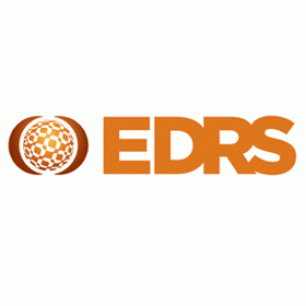This report presents the results of the Western Australian Ecstasy and Related Drugs Reporting System (EDRS; formerly the Party Drugs Initiative, or PDI), an ongoing study monitoring ecstasy and related drug markets within Western Australia (WA). It is part of a nationwide study, which commenced in New South Wales, Queensland and Victoria in 2000, with the addition of other states and territories in 2003. The survey design was informed by and modelled upon the pre-existing Illicit Drug Reporting System (IDRS), designed to monitor use of the main illicit drugs in Australia, developing a new survey for monitoring trends in the ecstasy and related drugs market.
The findings from each year not only provide a snapshot of the drug markets in WA, but also help to provide an evidence base for policy decisions, inform harm reduction messages, and provide directions for further investigation when issues of concern are detected. Continued monitoring of the ecstasy and related drug markets in WA will help add to our understanding of the use of these drugs; the price, potency and availability of these drugs and how these may impact on each other; and the associated harms which may stem from the use of these drugs.
It needs to be noted that the EDRS is not a representative sample of ecstasy/psychostimulant drug users, but rather comprises annual samples of sentinel groups of users with similar characteristics, which allow trends in drug markets to be tracked over time. The EDRS cannot provide information on rates of drug use among regular ecstasy users/regular psychostimulant users (REU/RPU) in the general population.
The current report provides findings for the 12th year of data collection in WA obtained from three sources:
- Quantitative interviews with 100 current REU residing in the Perth metropolitan area;
- Qualitative interviews with 17 key experts (KE) who have regular contact with ecstasy/psychostimulant users and are employed in areas of, health, outreach, and law enforcement; and chemical analysis; and
- Analysis of various indicator data from health and law enforcement sources.


